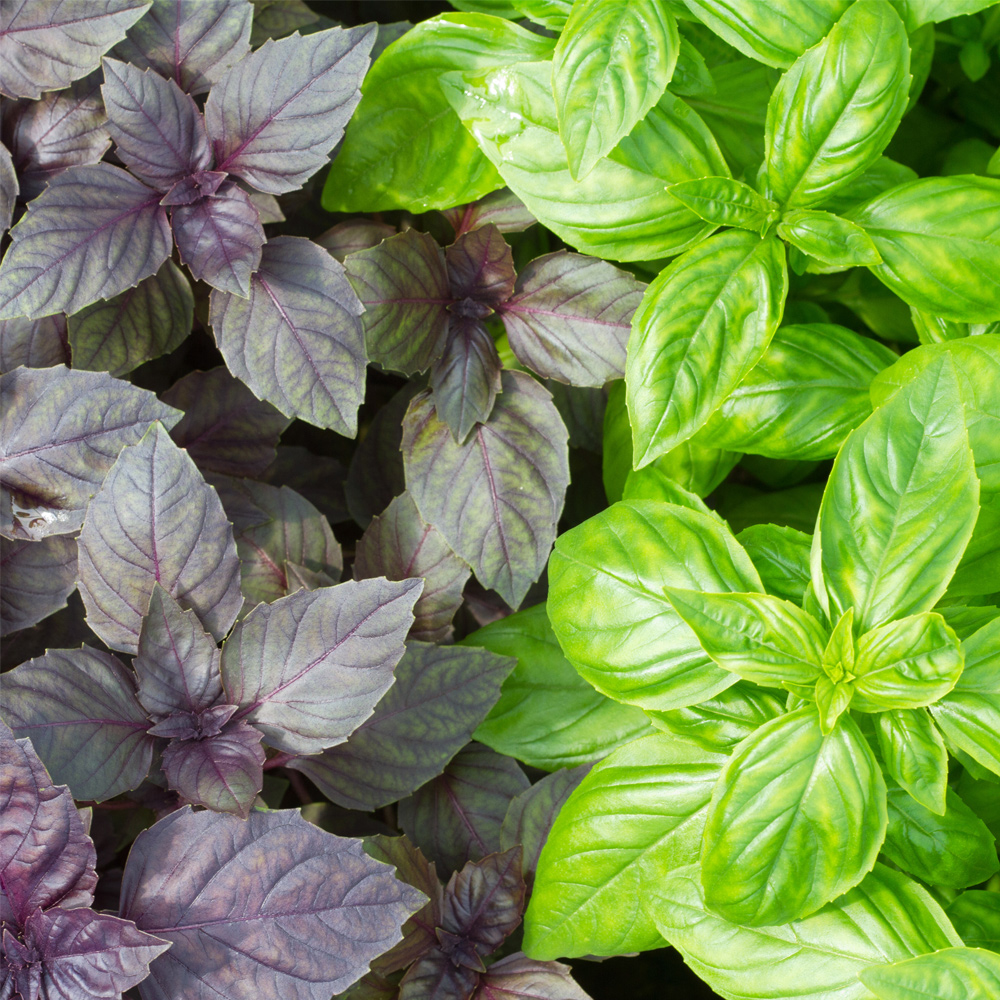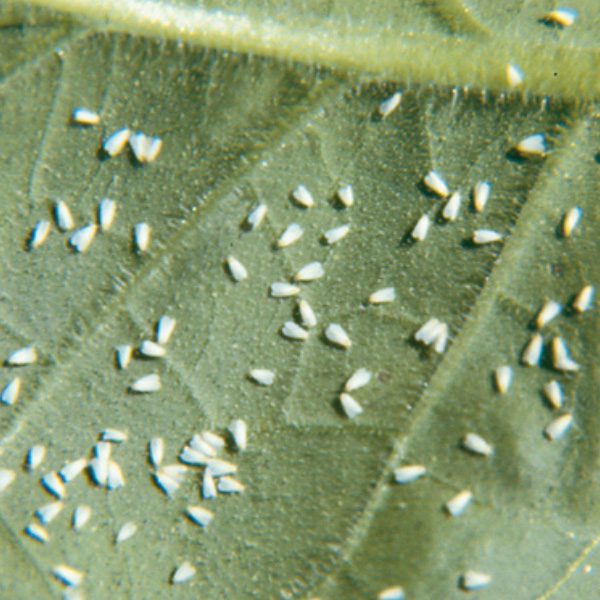Balcony & Patio
Anybody who has ever crushed basil leaves between their fingers releasing the essential oils, will remember the fragrance forever. This is one of the reasons why basil is one of the most common herbs to find in a herb garden.
The wonderfully scented seasoning plant is one of the most popular herbs in the kitchen. There are many different types available, from simple green basil to lemon and cinnamon basil up to the reddish-coloured perennial plant.
Basil needs a little space for the roots. It’s best to repot purchased plants into a larger pot straightaway with a minimum diameter of 20 cm. This allows the plant to form new shoots and the aromatic plant can be enjoyed for longer. Use a peat-free special soil for herbs.
Ways to use
Basil is usually used fresh. It is excellent in a salad or with tomatoes and mozzarella. The leaves are only added to pizzas after cooking. In addition, basil refines cooking oils with its typical aroma, by preserving fresh sprigs in oil. Basil is one of the main components in green herb pesto.
The herb is usually used fresh but it can also be dried. This preserves it for longer.
Basil is also a popular medicinal plant. A tea infusion with fresh basil leaves relieves flatulence, stomach discomfort and helps with a sore throat.
Location & Care
Give your basil plenty of light. It prefers a sunny spot protected from the wind. They have normal water requirements but waterlogging should be avoided.
Sow basil as seeds in a pot on a bright windowsill at 18–20°C. The best time for sowing is in March. Lightly cover the seeds with soil and make sure to keep them moist but not too wet. The seedlings can be planted in your balcony pots or boxes from mid-May. Basil also continues to grow, of course, in a bright sunny window in the kitchen.
Basil needs Organic Multipurpose Plant Feed liquid fertiliser every two weeks. This keeps the herb beautifully green and aromatic.
Harvest home-grown young plants from June before the flowering stage. Basil available as a pot plant all year round is then ready to be harvested the entire time. When using basil, only pick the young leaves and tips, this delays flowering and extends the harvest time.
Ordinary basil does not tolerate low temperatures and cannot be overwintered. The plant must be brought into the house from 5°C and below. It continues growing on the kitchen windowsill.





